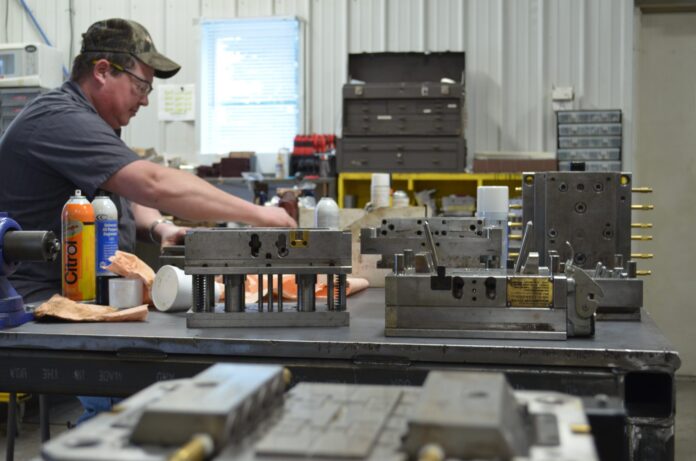Plastic parts are everywhere, from home décor to automobiles to aerospace. According to numerous predictions, the increased usage of plastic parts will increase its compound growth rate to 4.6 percent by 2028.
Plastic injection molding is the most common method to produce plastic parts. Due to its accuracy and reliability, the process has a global market value of 260 million dollars and promising future growth.
Although plastic injection molding is a highly effective manufacturing process, it requires knowledge to produce the necessary accuracy. A thriving manufacturing company, ARES Prototype, provides an impeccable plastic injection molding service. However, it is best to know the basics so you can assess the skills of different manufacturers.
What Is Plastic Injection Molding?
Plastic injection molding produces parts by pouring the molten material into a mold. It is important to note that it is a mass-production method, i.e., it makes millions or thousands of identical products at once. Usually, the materials used in plastic injection molding are thermosetting polymers or thermoplastics.
How Does Plastic Injection Molding Work?
The process begins by designing a mold for the product. Molds are nothing but machined aluminum and steel containers that shape the hot material into the required product. After creating the mold, the operator puts the plastic into a high-temperature barrel and mixes it with a helical screw. The heat inside the barrel melts the plastic, which then flows to the mold to cool.
Usually, the cooling process requires more time. However, a water or oil circulation system helps decrease the cooling time by absorbing the heat. These molds remain on mold platens, and the ejector pins remove the part after hardening.
Plastic injection molding allows the mixing of two different materials as well. It works suitably to add a softer look to the plastic parts. A significant portion of plastic injection molding depends upon the molds. Hence, you must pick suitable ones. Aluminum molds have less tolerance and are prone to wear. On the other hand, steel molds offer more heat tolerance and last longer.
Which Materials Are Best for Plastic Injection Molding?
Plastic injection molding can make any plastic product. However, it is essential to select a suitable material before manufacturing as it dictates the overall quality of the product.
ABS (Acrylonitrile-Butadiene-Styrene): ABS works suitability when you want rigid products with more tensional tolerance. These plastics are stable and resistant to strains and stresses.
PC (Polycarbonate): PC is preferable when you want to make a stable product with some electricity conduction properties.
PA (Nylons): Nylon is the most versatile material to make plastic products. It offers good chemical and frictional resistance with moisture-absorbing properties.
PP (Polypropylene): These materials offer considerable strength, rigidity, and heat resistance characteristics.
Conclusion
Plastic injection molding is the most popular method of making mass plastic goods. Due to their accuracy and versatility, plastic-injected products hold significant market value.
Although, the process is excellent for making quality goods. It requires a controlled environment, knowledge, and expertise to make the targeted product. The above guide highlights the basics of plastic injection molding.
However, material, budget, and time duration greatly influence the process. The main advantage of plastic injection molding is its economy. Since it produces hundreds of products in a single go, the overall manufacturing costs are significantly low.






